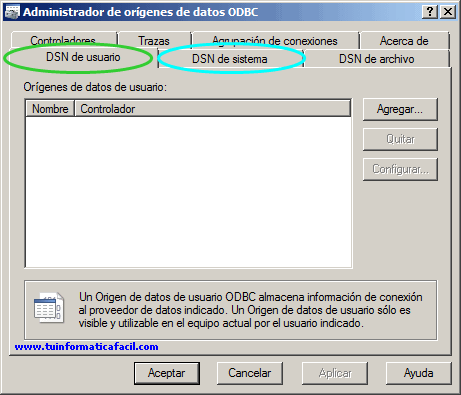

Query results are uploaded to an internal DBFS storage location as Arrow-serialized files of up to 20 MB. To use Cloud Fetch to extract query results using this capability, use Databricks Runtime 8.3 or above. The ODBC driver version 2.6.17 and above supports Cloud Fetch, a capability that fetches query results through the cloud storage that is set up in your Databricks deployment. See also ODBC driver capabilities for more driver configurations. The installation directory is /Library/simba/spark.Ĭhoose a Data Source Name and create key-value pairs to set the mandatory ODBC configuration and connection parameters. See Download the ODBC driver.ĭouble-click on the dowloaded.
#Odbc manager mac oracle install#
dmg file to install it.ĭownload the latest driver version for macOS, if you haven’t already done so. To set up a DSN on macOS, use the ODBC Manager.ĭownload the ODBC Manager and double-click on the downloaded. In macOS, you can set up a Data Source Name (DSN) configuration to connect your ODBC client application to Databricks.

Install and configure the ODBC driver for macOS Select the Simba Spark ODBC Driver from the list of installed drivers.Ĭhoose a Data Source Name and set the mandatory ODBC configuration and connection parameters. Go to the User DSN or System DSN tab and click the Add button.
#Odbc manager mac oracle drivers#
Navigate to the Drivers tab to verify that the driver (Simba Spark ODBC Driver) is installed. The installation directory is C:\Program Files\Simba Spark ODBC Driver.įrom the Start menu, search for ODBC Data Sources to launch the ODBC Data Source Administrator. To set up a DSN configuration, use the Windows ODBC Data Source Administrator.ĭownload the latest driver version for Windows, if you haven’t already done so. In Windows, you can set up a Data Source Name (DSN) configuration to connect your ODBC client application to Databricks. Install and configure the ODBC driver for Windows



 0 kommentar(er)
0 kommentar(er)
